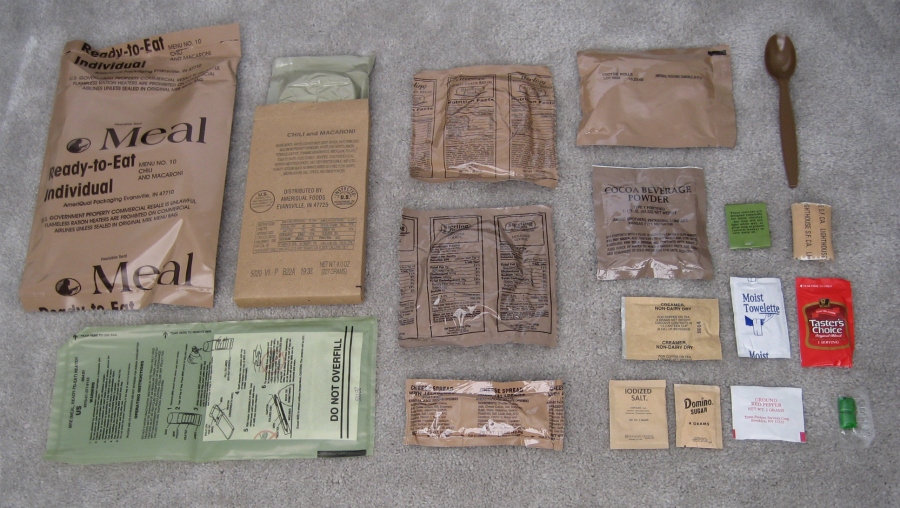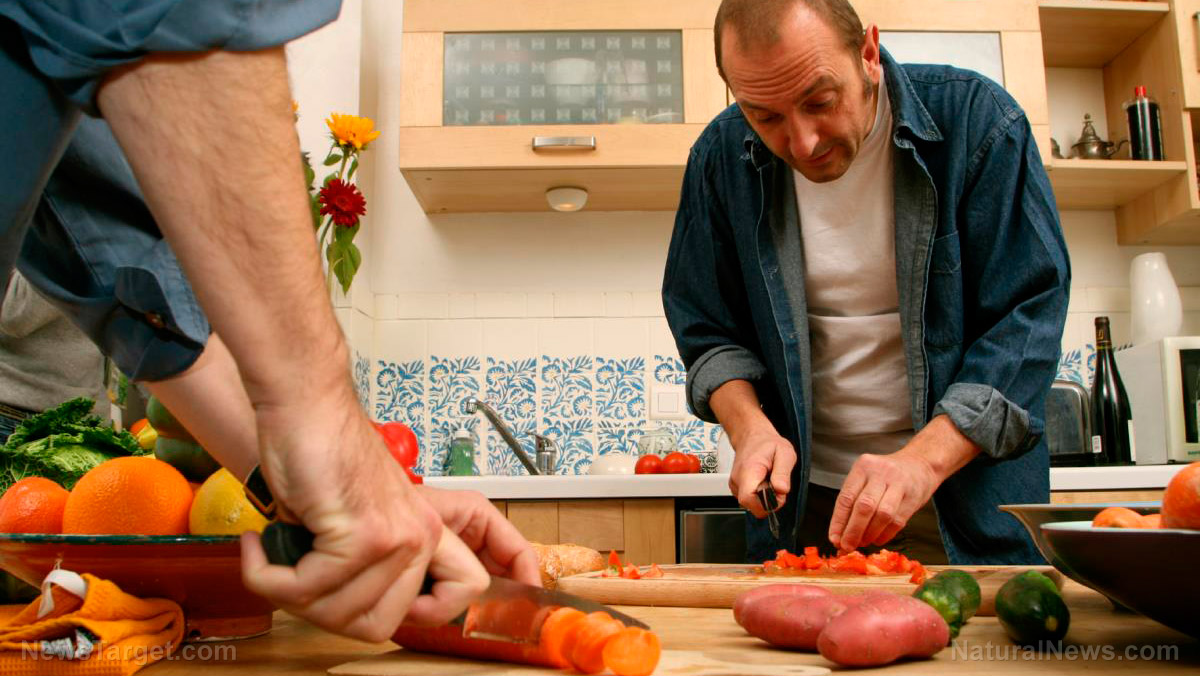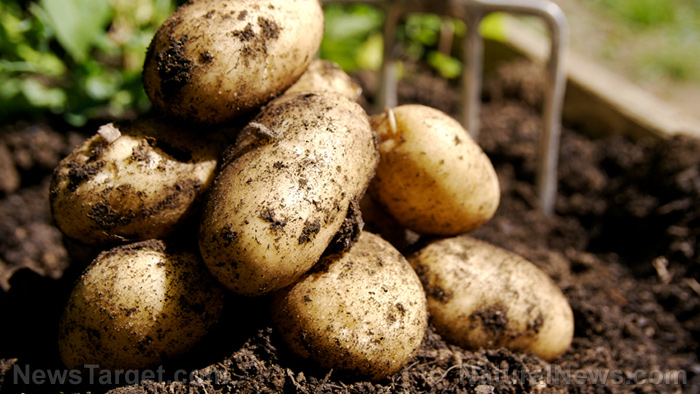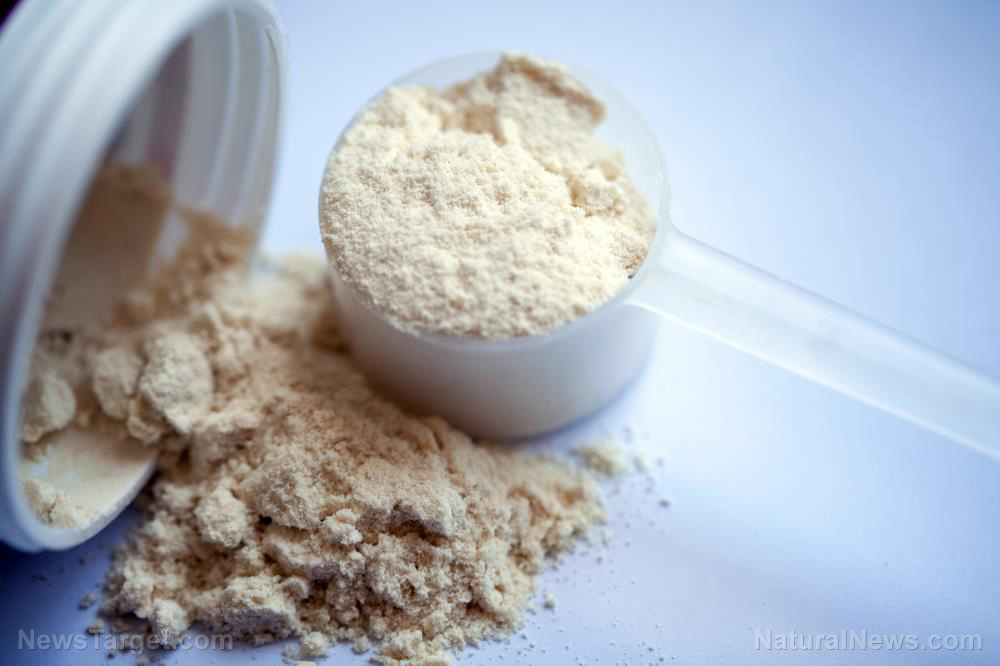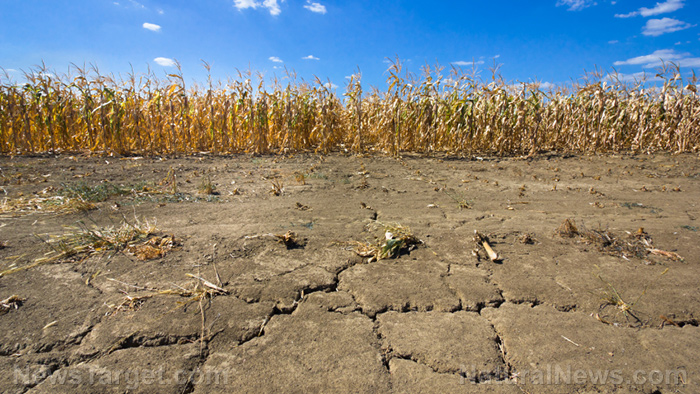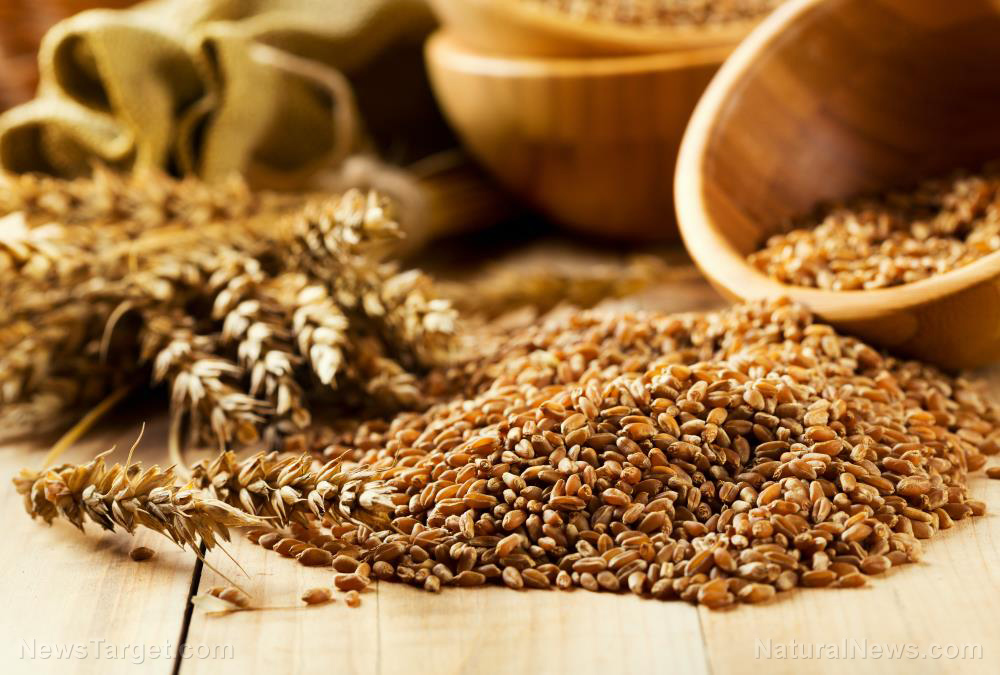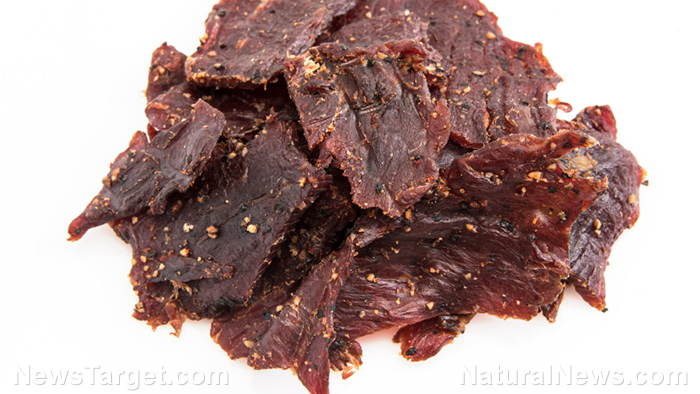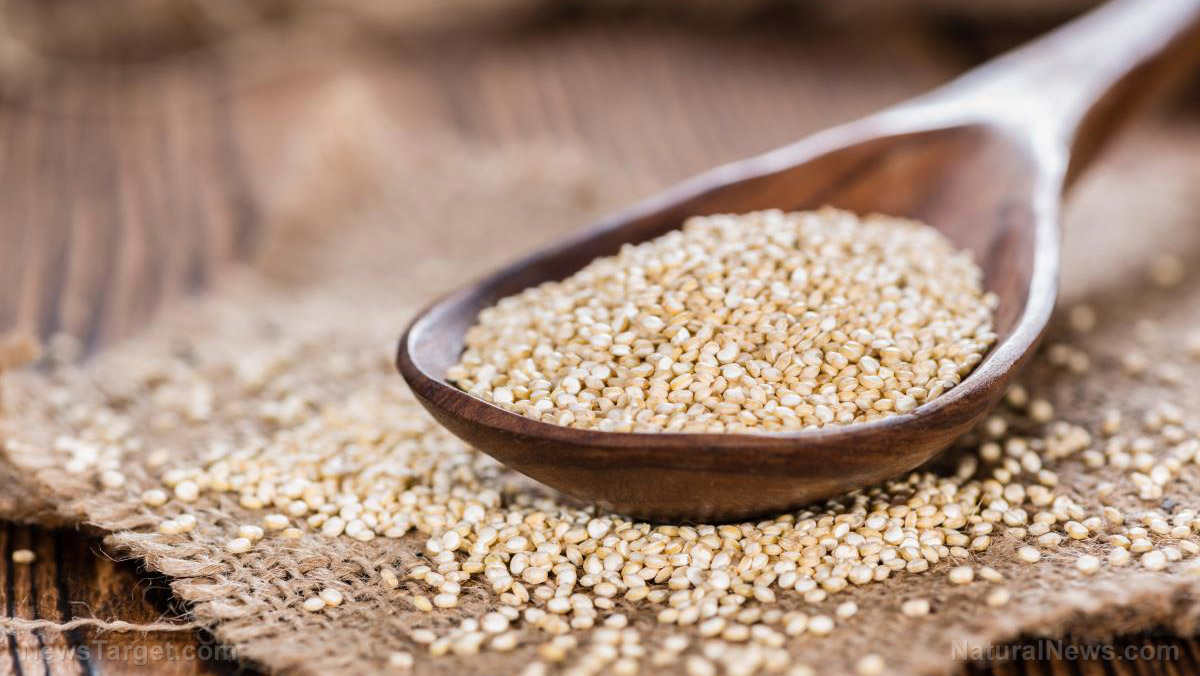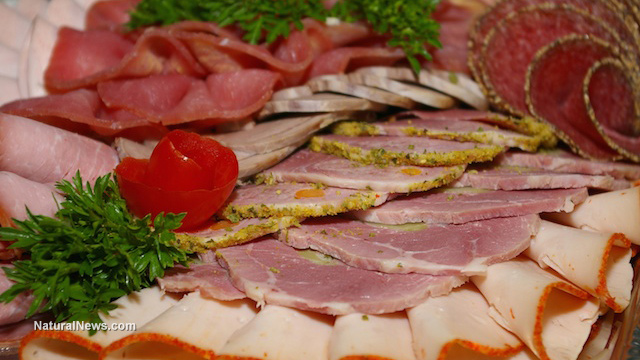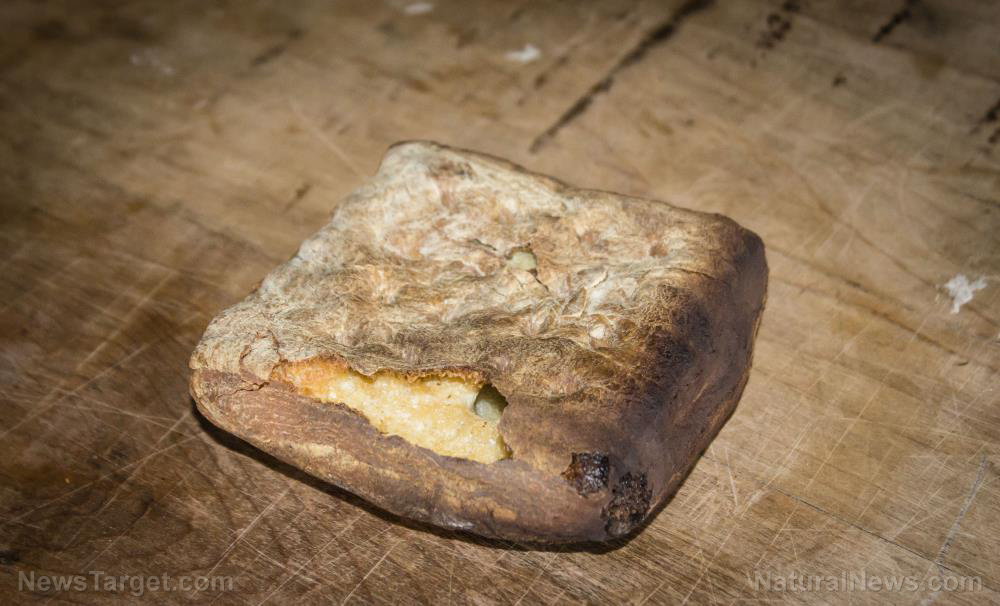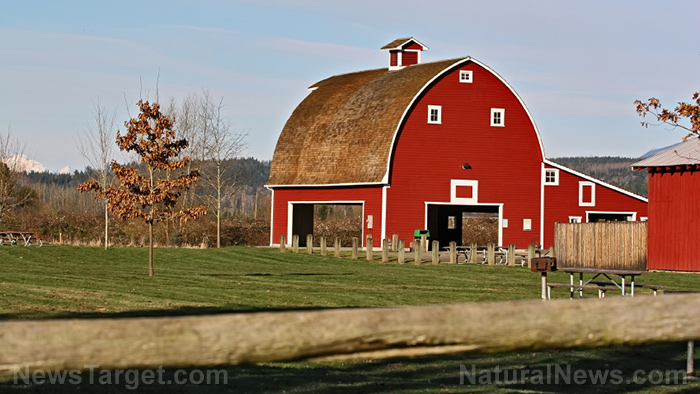Food supply tips: Survival foods that will last longer as powder
05/04/2021 / By Zoey Sky
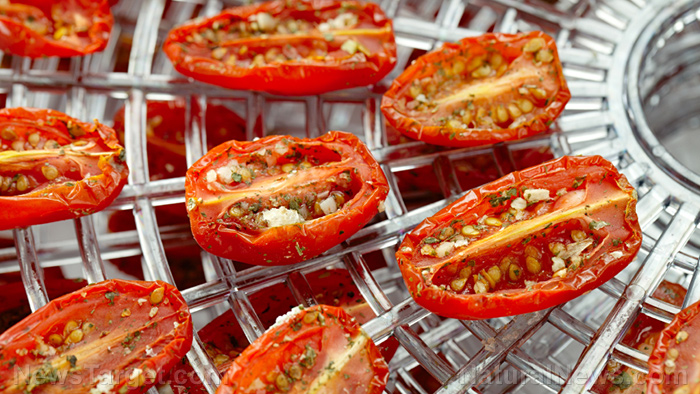
Preppers know that home canning is one of the best ways to preserve food for your survival stockpile. But there are also other ways to extend the shelf life of food, such as dehydration.
You can even use a dehydrator or oven to turn various foods into powder, effectively prolonging their shelf life even more and freeing up some space in your stockpile.
And while other foods don’t turn into a powder, processing them with a dehydrator will turn them into a powder-like substance that makes it easier to incorporate them into various dishes when SHTF. (h/t to AskAPrepper.com)
This technique works best with a dehydrator, but if you don’t want to spend money on another device, you can also use an old-fashioned oven to turn food into powder.
Note that some of the foods detailed below must be processed using different instructions or timing. Not all foods will turn into a powdered form, but dehydrating will help them stay in a more dehydrated state, like some fruits.
Experiment and learn which foods suit this method best through trial and error.
Foods that you can easily turn into powder include:
- Herbs and leafy greens
- Vegetables
- Meats and poultry
- Milk
- Mushrooms
- Eggs
You can turn fruits into powder, but it’s best to choose ingredients that contain less sugar. If you want to process fruits for your survival stockpile, they’re better off dehydrated because they taste better and they last longer that way.
Making powdered greens
Fresh greens can boost the nutrient content of salads, soups, or sandwiches, but powdered greens will have a longer shelf life.
Here are some leafy greens and herbs that you can turn into powder:
- Basil
- Beet greens
- Broccoli leaves
- Carrot tops
- Cauliflower leaves
- Celery leaves
- Chives
- Cilantro
- Collard greens
- Kale
- Lemongrass
- Lettuce
- Mint
- Mustard greens
- Oregano
- Parsley
- Parsnip tops
- Pumpkin leaves
- Radish greens
- Rosemary
- Sage
- Spinach
- Swiss chard
- Thyme
- Turnip greens
Follow the steps below to turn leafy greens and herbs into a powder using a dehydrator:
- Preheat the dehydrator using the appropriate temperature setting based on the dehydrator’s recommendations or 95 to 115 F. Set on the lower end for herbs. Greens can be processed at slightly higher temperatures.
- While the dehydrator is preheating, wash the leaves thoroughly. Soak them in a vegetable wash made of two parts water, one part vinegar and two tablespoons lemon juice for at least five to 10 minutes.
- Remove the stems and veins to make the drying process more even and consistent. Compost the stems and veins if you don’t need them.
- Dry the leaves by hand. Put them between layers of paper towel and gently press to soak up as much moisture as possible.
- Place the leaves on the dehydrator trays. Make sure the leaves aren’t stacked on top of each other.
- During the dehydrating process, the leaves will start to shrink up to half their original size, leaving a lot of room on the trays. The drying process can take four to eight hours.
- Check the greens. If they crumble when you crush them between your fingers, the greens are ready.
- Place the greens in a blender and pulse quickly until they become a powder. Don’t over-blend, or the powder will turn into mush.
Follow the steps below if you’re using an oven instead of a dehydrator:
- Preheat the oven to the lowest possible temperature.
- Place the leaves on cooling racks, then place them in the oven. Leave the oven door open to help keep the temperature low and circulate the air to release excess moisture.
- Check the leaves often. They should be done after two to three hours.
Cooking with powdered greens
When SHTF, having powdered greens ensures that you have a balanced diet even if you’re stuck in your homestead during a long-term survival scenario.
Here are some suggestions on how to use powdered herbs or greens:
- Add a couple of tablespoons into a breakfast smoothie.
- Sprinkle powdered herbs into salads.
- Create a unique herbal mix out of green powder, other herbs and dried zests.
- Replace parsley with a teaspoon of powdered greens for extra seasonings.
- Add powdered greens into meatloaf.
Making powdered vegetables
Since vegetables come in various sizes, the process may vary.
Follow the steps detailed below when processing garlic or onions.
- Lay some tin foil on the dehydrator tray or cooling rack.
- Slice the garlic or onions, then place the slices on the tray or rack.
Other vegetables need to be blanched first, then sliced. Once the veggies are blanched, follow the same process of dehydration as the greens.
Vegetables that need to be balanced include:
- Asparagus
- Beans
- Carrots
- Tomatoes
- Zucchini
Almost any vegetable can be turned into a powder. Use powdered vegetables to enhance the flavors of soups, smoothies, or other dishes. (Related: Food storage tips: How to make DIY dehydrated meals.)
Making powdered meat and poultry
It’s better to use an oven when making meat or poultry powder. The final product isn’t as fine as powdered vegetables but the meat “powder” can be used as a protein addition to casseroles, soups, or stews.
You can use beef, pork, or chicken to make meat powder. Follow the steps below to make meat powder using an oven:
- Preheat the oven to 200 F.
- Place the meat or poultry into a food processor. Process until finely minced or until it looks like ground beef or poultry.
- Heat some oil in a skillet. Cook minced meat for about 20 to 25 minutes, or until there’s no moisture anymore.
- Spread the minced mixture onto a baking sheet lined with parchment paper. Bake the meat for two to six hours or until it has completely dried. Stir every 30 minutes or so.
- Monitor the meat as it cooks because the time could be different depending on the ingredients used and your oven.
- When the minced meat is completely dried and cooled, process it in a blender. Use quick pulsing steps until you have a fine powder.
Follow the steps to make meat powder using a dehydrator:
- Cook the meat first. Once done, slice them very thinly.
- Place the meat slices in the dehydrator trays and follow the time chart of your dehydrator.
- Once the meat is dehydrated, pulse the slices quickly in a blender until you have meat “powder.”
How to properly store powdered foods
Powdered food should be stored in an airtight container in a dry, cool and dark area like a pantry or cupboard.
- Leafy greens and herbs – Powdered herbs and greens will last for about six to nine months. Any longer and the color of the powdered greens will start to fade. You can still use powdered greens once they fade but at this point, they start losing nutrients.
- Vegetables – Stored properly, veggie powder can stay fresh and maintain nutrients for up to a year.
- Meat and poultry – Meat and poultry powder will last for at least five years in an airtight container if the seal isn’t broken.
If you open an airtight container frequently, you’ll let more air into the container. This shortens the time powdered food will keep fresh. To make powdered food last longer on the shelf, break the product down into smaller batches for storage.
Before SHTF, learn how to make powdered greens, veggies and meat to extend the shelf life of your survival food stockpile.
Visit FoodStorage.news for more articles about food dehydration.
Sources include:
Tagged Under: emergency food, food dehydration, food independence, food powder, Food storage, food supply, homesteading, preparedness, prepping, survival, survival food, sustainable living, tips
RECENT NEWS & ARTICLES
COPYRIGHT © 2017 FOOD SUPPLY NEWS


